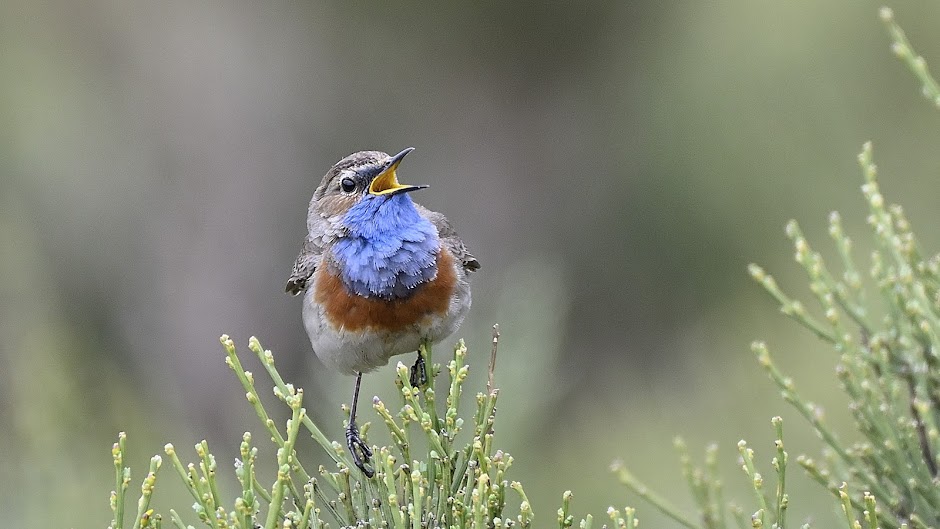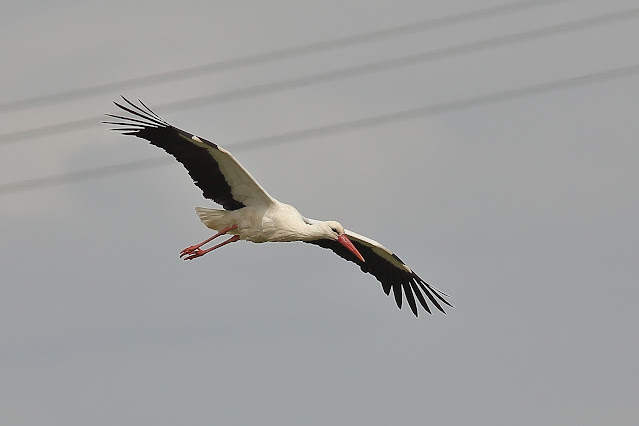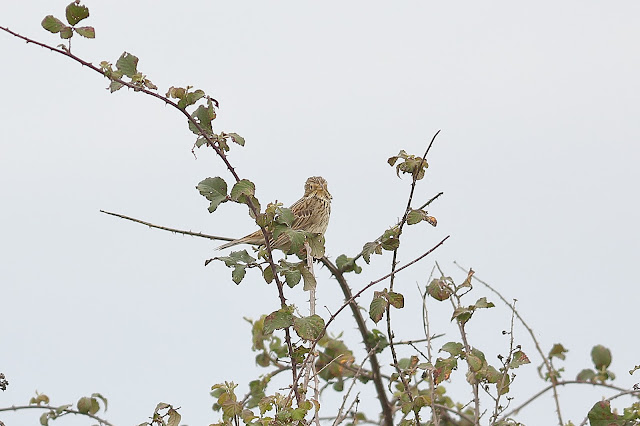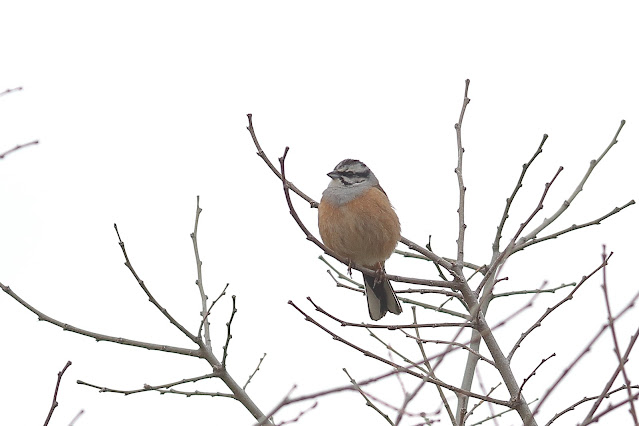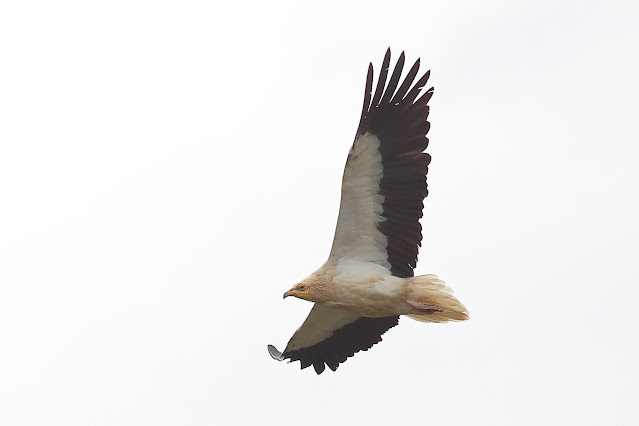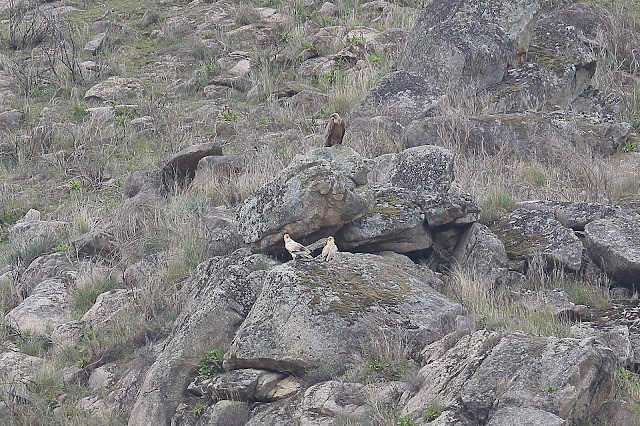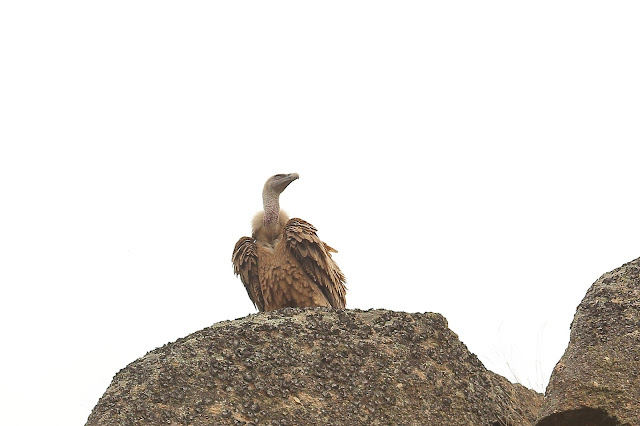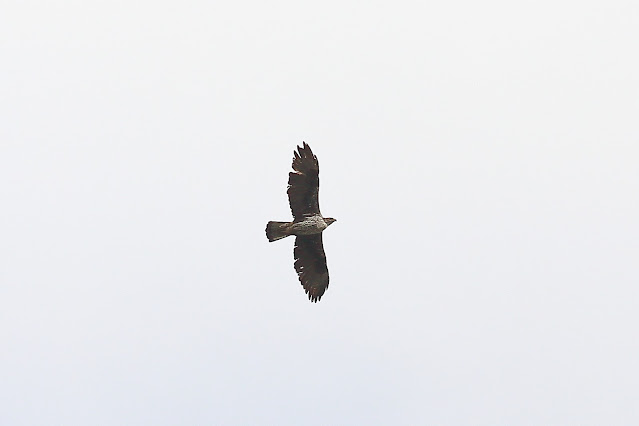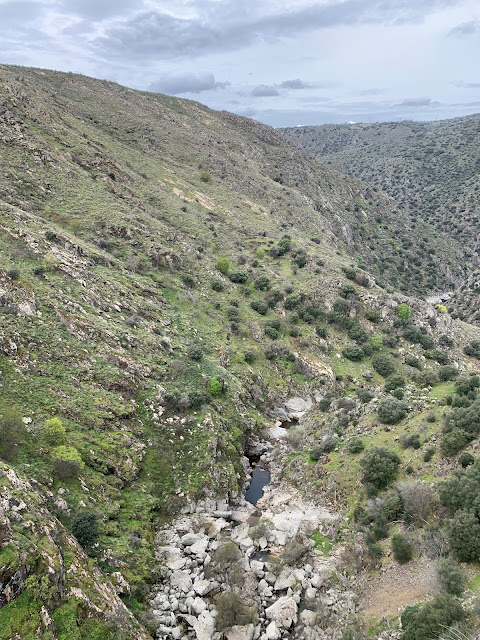Hola una vez más.
Hi again.
Hi again.
En el siguiente enlace podéis ver nuestros próximos viajes fotográficos y de observación de aves y mamíferos nacionales y al extranjero. Espero que os gusten y os animéis a venir conmigo. Una experiencia que nunca olvidareis.
In the following link you can see our next national and foreign Birds and Mammals photographic and observation trips. I hope you like them and I encourage you to come with me. An experience that you will not forget.
Este blog es sobre algunas aves que pude fotografiar en el viaje organizado al Parque Ornitológica de Arrocampo y Campo Arañuelo del 27 de marzo.
This post is about some Birds I was able to photograph on the organized trip to the Arrocampo Ornithological Park and Campo Arañuelo on March 27.
El tiempo fue malo pues aunque no llovió no salió el sol en todo el día y hacia bastante viento. Había muy poca luz lo que dificultaba la toma de fotografías.
The weather was bad because although it didn't rain, the sun didn't come out all day and it was quite windy. There was very bad light which made it difficult to take pictures.
De cualquier manera pasamos un buen día de campo y con muchos avistamientos de aves.
In any case, we had a good countryside day and with many Bird sightings.
Ya desde la propia oficina de información y recogida de las llaves de los observatorio de Arrocampo pudimos ver las primeras cigüeñas blancas (Ciconia
ciconia) que estaban incubando.
Already from the Information Office and pickup of observaroies keys of Arrocampo we could see the first White Storks that were incubating.
También vimos a este fugaz ruiseñor pechiazul (Luscinia
svecica).
We also saw this fleeting Bluethroat.
Y a este lejano gavilán común (Accipiter
nisus).
And this distant Eurasian Sparrowhawk.
Cuando íbamos paseando de un observatorio a otro pudimos contemplar varias cogujadas comunes (Galerida
cristata).
When we were walking from one observatory to another we could see several Crested
Lark.
Espátulas comunes (Platalea
leucorodia).
Eurasian
Spoonbill.
Un bonito macho de cereta común (Anas
crecca).
A beautiful Common Teal male.
A lo largo de la mañana pudimos contemplar bastantes buitres negros (Aegypius
monachus).
Throughout the morning we were able to spot quite a few Black Vultures.
Siempre me llama la atención lo envergadura de estas grandes aves que casi llegan a los 3 metros.
I am always struck by the size of these large Birds that almost reach 3 meters.
También vimos bastantes buitres leonados (Gyps
fulvus) de gran envergadura aunque un poco menor que le del negro.
We also saw quite a few Griffon Vultures of great wingspan although a little smaller than the Black one.
Especies alóctonas de galápagos.
Non-native species of Freshwater Turtle.
Garceta común (Egretta
garzetta).
Little
Egret.
Había varias parejas de tarabilla europea (Saxicola rubicola). En la foto un macho.
There were several pairs of Common Stonechats. In the photo a male.
Una hembra.
A female.
Para ser un espacio con mucha agua y vegetación palustre es incomprensible que no haya más anátidas. En la foto un grupo de ánades frisos (Anas
strepera).
For a space with a lot of water and marshy vegetation, it is incomprehensible that there are not more Ducks. In the photo a group of Gadwall.
Un cormorán grande (Phalacrocorax
carbo) con plumaje reproductor.
A Great Cormorant in breeding plumage.
Vimos las últimas bisbitas pratenses (Anthus
pratensis) de la temporada. Son aves exclusivamente invernantes en la península ibérica a excepción de unas pocas parejas en la cornisa cantábrica.
We saw the last Meadow Pipits of the season. They are exclusively wintering Birds in the Iberian Peninsula with the exception of a few pairs on the Cantabrian mountains.
Cigüeñuelas comunes (Himantopus
himantopus).
Black-winged
Stilt.
Un alcaudón real (Lanius
meridionalis).
A Southern
Grey Shrike.
Había bastantes escribanos trigueros (Emberiza calandra) pero solo pude fotografiar a este.
There were quite a few Corn Bunting but I was only able to photograph this one.
En esta foto hay dos agachadizas comunes (Gallinago
gallinago). Un aprobado para el que las pueda ver. Una pequeña pista para los que no las hayan visto a primera vista, están en las piedras del centro de la imagen.
In this photo there are two Common Snipes. A thumbs up to whoever can see them. A small clue for those who have not seen them at first sight, they are in the stones in the center of the image.
Me hizo mucha ilusión poder ver a está águila pescadora (Pandion
haliaetus). Además, nos pasó muy cerca.
I was very excited to see this Osprey. Also, it was very close to us.
Había un grupo de amapolas silvestres (Papaver rhoeas) de tamaño XL que nos llamó la atención. Además, eran las primeras que veíamos esta primavera.
There was a group of XL-sized Common Poppies that caught our attention. Besides, they were the first ones we saw this spring.
Me extrañó ver tan pocos aguiluchos laguneros occidentales (Gyps
fulvus). En otros años se veían bastantes. En la foto un macho.
I was surprised to see so few Western Marsh Harriers (Gyps fulvus). In other years there were quite a few. In the photo a male.
Garza real (Ardea
cinerea).
Grey
Heron.
Garceta grande (Egretta
alba).
Great
White Egret.
Y garza imperial (Ardea purpurea). Como estaba previsto ya habían llegado.
And Purple Heron. As planned, they had already arrived.
También se podían ver milanos negros (Milvus
migrans).
Black Kites could also be seen.
Otros que también habían llegado eran los cernícalos primilla (Falco naumanni). En la foto un macho.
Others that had also arrived were Lesser Kestrels. In the photo a male.
Hembra.
Female.
Vimos una culebrera europea (Circaetus
gallicus).
We saw a Short-toed
Eagle.
Me encantan los calamones comunes (Porphyrio
porphyrio) y sobre todo cuando los ves tan cerca.
I love Purple Gallinule and especially when you see them so close.
Otros que aun no había visto esta primavera, los alcaudones comunes (Lanius
senator).
Others that I hadn't seen yet this spring, the Woodchat
Shrike.
Que bonitos son.
They are very beautiful.
Una pareja de gansos del Nilo (Alopochen
aegyptiaca). Una especie invasora.
A pair of Egyptian Geese. An invasive species.
Un pato que me gusta mucho, el pato colorado (Netta
rufina). El macho es el de la izquierda.
A duck that I like very much, the Red-crested
Pochard. The male is the one on the left.
También me hizo mucha ilusión poder contemplar una pareja de elanios comunes (Elanus
caeruleus).
I was also very excited to see a pair of Black-shouldered
Kite.
Incluso los vimos copulando.
We even saw them mate.
Aunque muy lejos y ya con muy poca luz, en una de las charcas de Campo Arañuelo vimos un macho de cerceta carretona (Anas querquedula).
Although very far away and already with very little light, in one of the Campo Arañuelo ponds we saw a male Garganey.
Y con esta foto de una orquídea abejera mayor (Ophrys tenthredinifera)
me despido de todos vosotros hasta el próximo blog.
And with this photo of a Bee Orchid I say goodbye to all of you until the next blog.
Si queréis suscribiros a este blog de los viajes que hacemos pincha en el siguiente enlace: Suscribirse y haz clic en ¿Quieres suscribirte a nuestro blog?
If you want to subscribe to this post about the trips we do, click on the following link: Susbcribe and click on: Do you want to subscribe to our blog?
Espero que os haya gustado y hasta pronto.
I hope you like it and see you soon.
And with this photo of a Bee Orchid I say goodbye to all of you until the next blog.
Si queréis suscribiros a este blog de los viajes que hacemos pincha en el siguiente enlace: Suscribirse y haz clic en ¿Quieres suscribirte a nuestro blog?
If you want to subscribe to this post about the trips we do, click on the following link: Susbcribe and click on: Do you want to subscribe to our blog?
Espero que os haya gustado y hasta pronto.
I hope you like it and see you soon.
